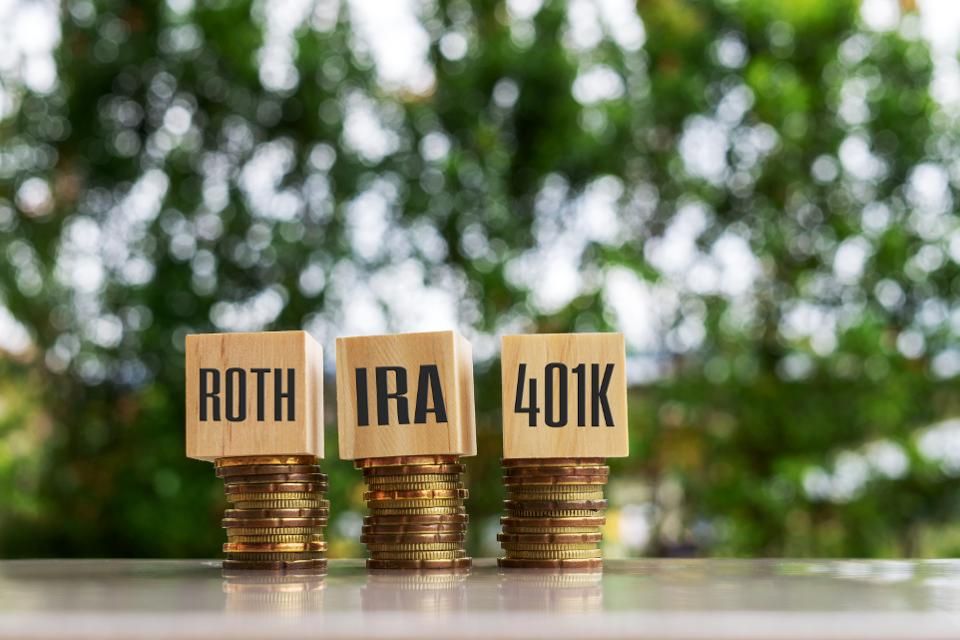Author: David Ellison

Just before year-end, Congress passed, and President Trump signed into law, the SECURE act (Setting Every Community Up for Retirement Enhancement). This act is generally effective January 1, 2020 and has a number of items that impact retirement planning, both positively and negatively.
Among other items, the SECURE act:
- Offers small businesses tax incentives for setting up automatic enrollment in retirement plans for its workers, or allows them to join multi-employer plans. The rules for companies that can combine for this purpose have been liberalized.
- Eliminates the maximum age for contributions to traditional IRA’s. Previously, the age cap to make a traditional IRA contribution was 70.5.
- Allows annuities as investment options in 401(k) plans.
- Increases the Required Minimum Distribution (RMD) age from 70.5 to 72. This begins in 2020, so if you turned 70.5 in 2019, you are required to take RMD’s.
- Eliminates the “stretch” IRA. Under previous law, an IRA inherited from a non-spouse generally allowed RMD’s based on the life expectancy of the person inheriting the IRA. Under the new law, the entire inherited balance must be withdrawn within 10 years. No RMD’s are required during this 10 year period, but the entire balance must be withdrawn by the end of the 10 years.
- Allows penalty-free withdrawals up to $5,000 from IRA’s and certain other plans for birth and adoption costs.
- Allows part-time workers who meet certain hours and/or time spent requirements to participate in company 401k plans. This does not take effect until 2021.
If you have any questions or would like to discuss this further, please contact us.



Leave a Reply